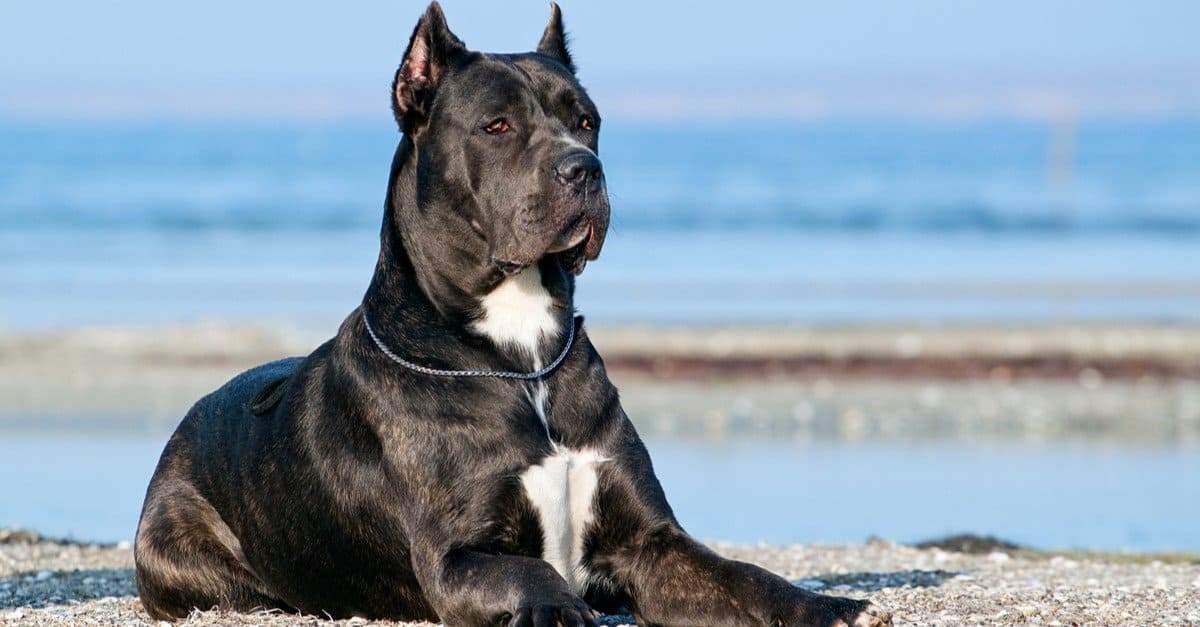Finding the right dog breed for your family can be a difficult task. You need a dog that gets along well with children, other pets, and visitors to your home. And while all dogs deserve a loving home, some are better than others with patience, affection, and meeting your unique lifestyle needs. Check out this list of the worst dog breeds for families and learn why they may not be the best fit.
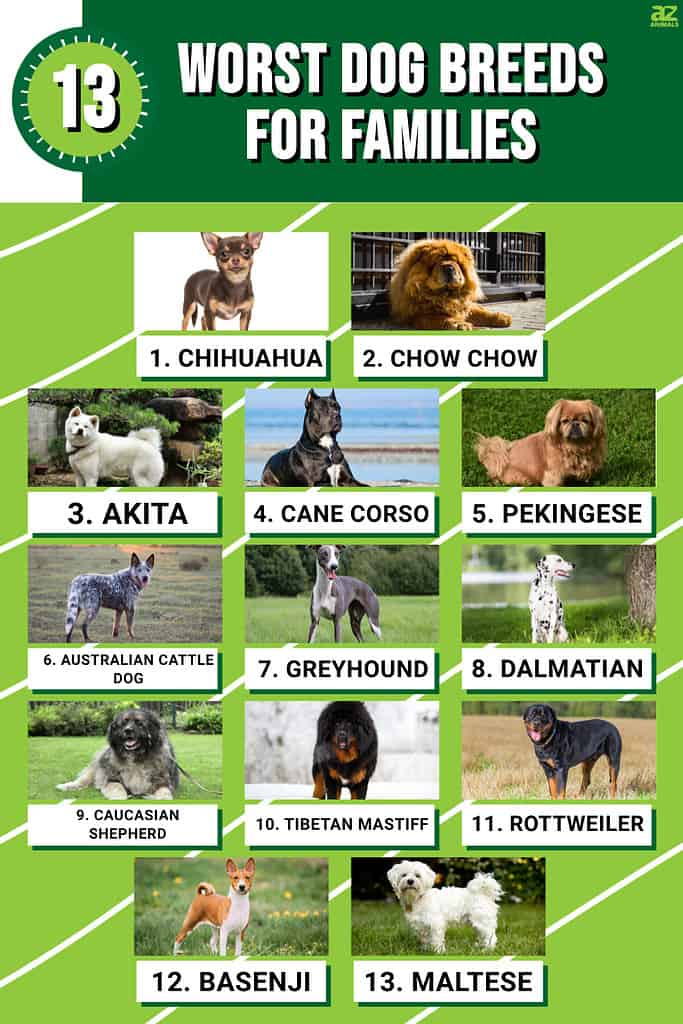
It should be noted that most dogs can be great family pets with the right training, especially when done early. But different breeds have different temperaments, which require different lifestyles. This list is in no particular order.
1. Chihuahua
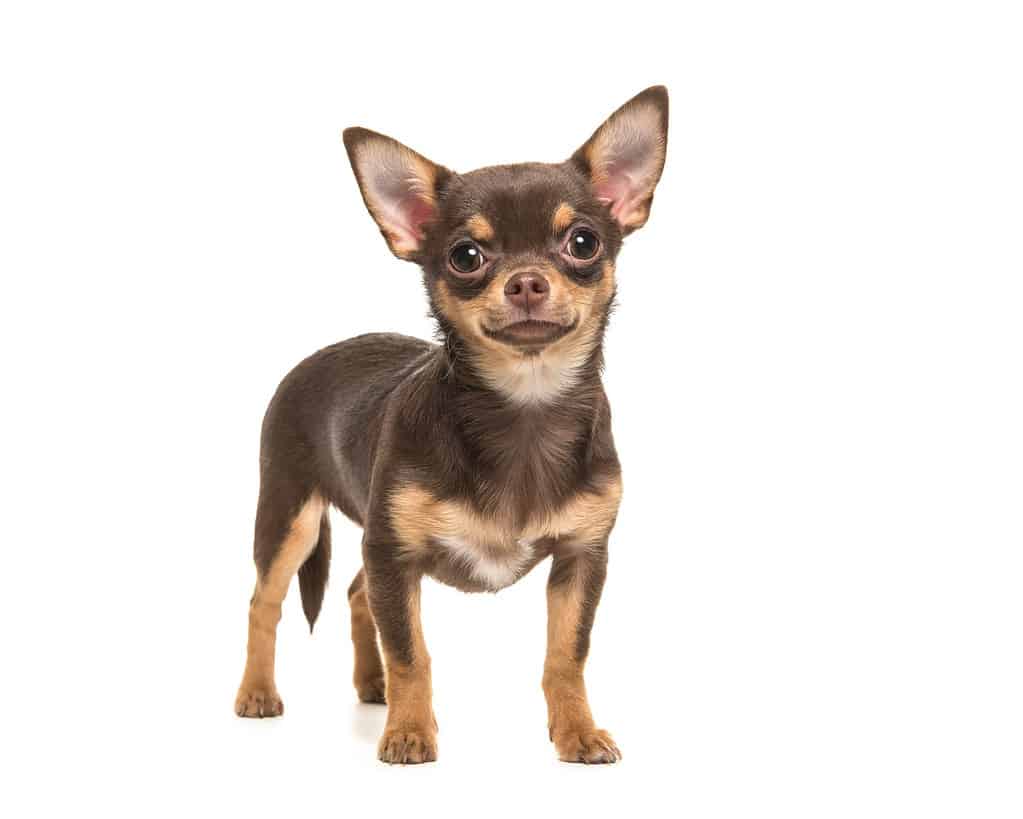
The
chihuahua
can get defensive around young children. It is one of the worst dog breeds for families.
©MirasWonderland/Shutterstock.com
This sassy and confident dog is the epitome of a big personality in a small package. While chihuahuas can be affectionate with their owners, they don’t do well with young children. These tiny dogs shouldn’t engage in roughhousing, as they can be easily injured. They can also get defensive around children too young to understand boundaries. This breed is also very protective and can get snappy and nippy around people it doesn’t know well. Chihuahuas are best for families with children at least 10 or older.
2. Chow Chow

The Chow Chow looks much like a
lion
because of its fluffy mane.
©iStock.com/Andrey Danilov
Aloof, serious, and intelligent, the chow chow is a unique breed with ties to ancient China. They are affectionate with their humans but don’t get along well with other pets or young children. While they are not generally an aggressive breed, chow chows may react badly to children yelling, being rough, and running around. These dogs are also not very playful, and they have little patience. They would do better in households with older children and fewer other pets.
3. Akita
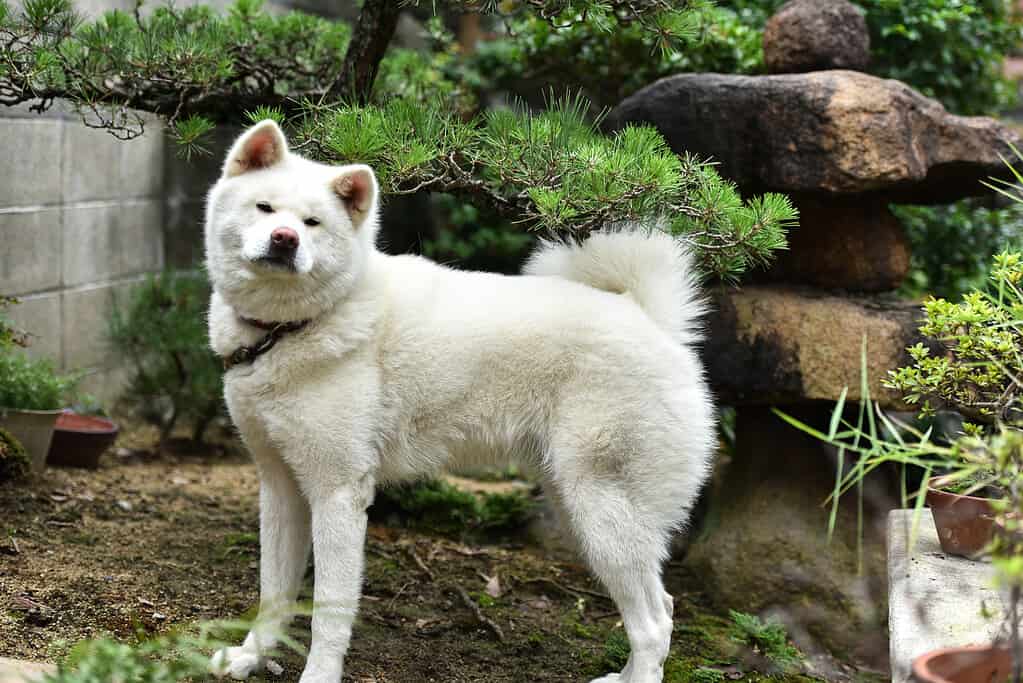
Akitas originated in the mountains of northern Japan.
©iStock.com/Harada Tatsunari
The Akita is a dignified Japanese dog that is extremely loyal, confident, and energetic. This breed is more independent and doesn’t typically need constant attention. They do not get along well with other dogs or small children. And due to their protective nature, Akitas are not friendly around strangers. However, they can form close bonds with the right person. These dogs are best in households with one or two adults and maybe older children.
4. Cane Corso

Originally bred as a hunting dog,
Cane Corso
is a large dog breed from the outside but is very soft and affectionate when trained early
©Sbolotova/Shutterstock.com
Cane Corsos are large dogs with stocky, muscular bodies and broad heads. These dogs are known for their bodyguard behavior, intelligence, and affectionate personality. While they look massive and intimidating, this breed can be very loving with its family. However, they do best in families with older children and fewer other pets. They may get jealous of the presence of a new baby and can be skeptical around strangers. And due to their large size, these dogs could accidentally injure small children and pets. Cane Corsos are best suited to families with older children unless socialized early.
5. Pekingese

Pekingese don’t do well with small children
©DejaVuDesigns/Shutterstock.com
Sophisticated, regal, and loyal, the Pekingese is a dog of royal status from ancient China. They are a compact toy breed with a big personality. And they are extremely affectionate with their owners. But like many small breeds, Pekingese don’t do well with small children and bigger pets. Because of their tiny frames, these dogs can get injured easily around rough dogs and kids. And they might snap at children when they get frightened. They are also protective of their owners and hesitant around strangers.
6. Australian Cattle Dog
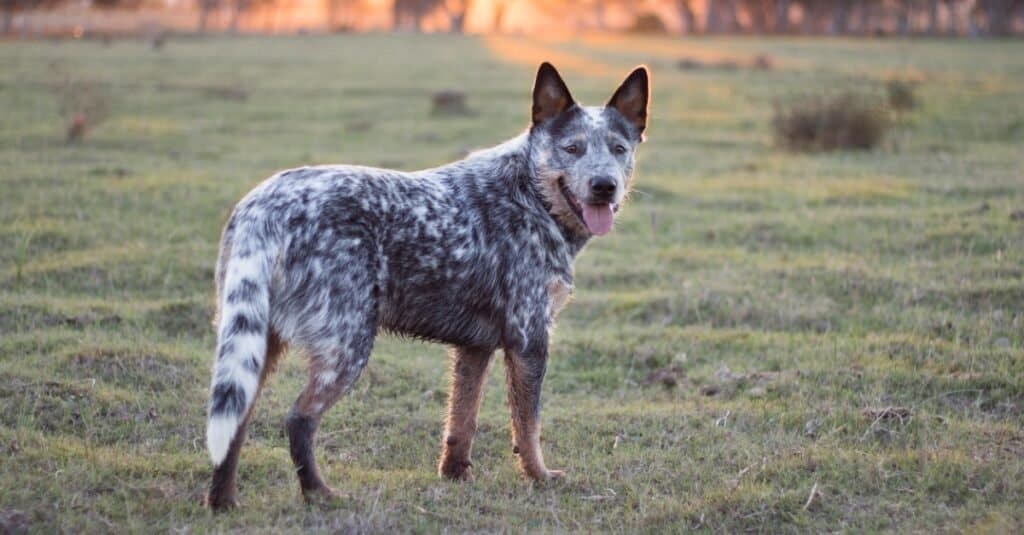
The Australian cattle dog has a name perfectly suited for a farm dog.
©iStock.com/Madelein_Wolf
Related to the dingo, the Australian cattle dog is a smart, resilient, and vigilant herding breed. These dogs were bred for tough jobs and have extremely high energy levels and require lots of mental stimulation. They are moderately affectionate with their owners but have strong protective instincts, which causes them to be suspicious of strangers and dominant with children. This dog does better in households with adults and older children. And they also need a lot of exercise and activity.
7. Greyhound
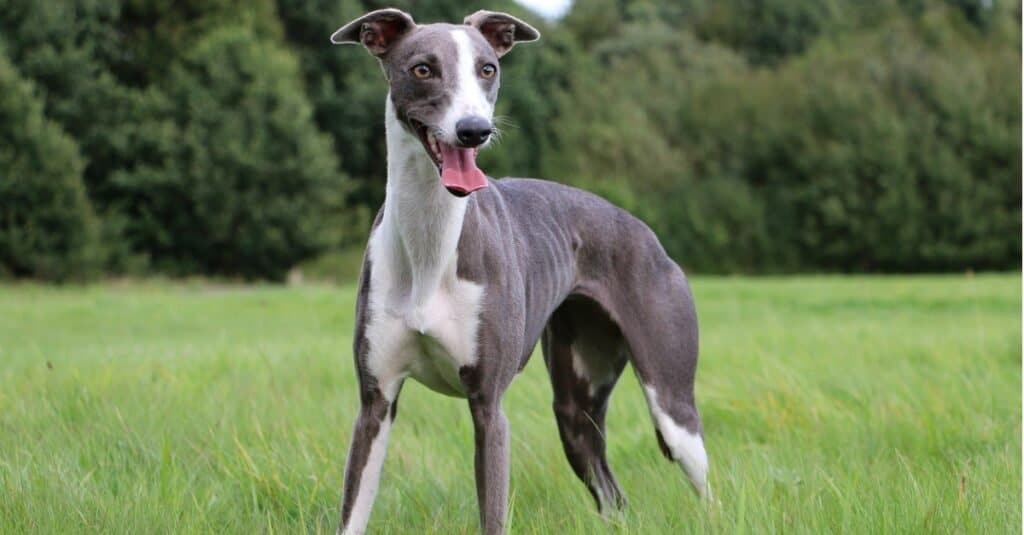
Greyhounds are very playful pups but they also like to just cuddle in their dog bed with their favorite toys.
©iStock.com/BiancaGrueneberg
Greyhounds are energetic, friendly, and independent. Known for their impressive speed, this breed needs a lot of exercise and features a high prey drive. They are gentle and affectionate. And while they are good with other dogs and can be sweet and playful with children, greyhounds are not suitable for households with small rambunctious kids. Further, these dogs don’t train easily, and they are very fragile, so rough children can accidentally injure them. Italian greyhounds, in particular, are prone to injury.
8. Dalmatian

Dalmatians are graceful and athletic dogs.
©iStock.com/Irina Nedikova
This breed is playful, outgoing, and intelligent. It is also very affectionate with its owners and can be good companions for households with older children when socialized early. Dalmatians can be a little too energetic and excitable for very small children. But families with bigger kids will likely be able to handle their needs. They should also be supervised around other dogs and can be somewhat reserved around pets and people they don’t know. But thankfully, dalmatians are relatively easy to train.
9. Caucasian Shepherd
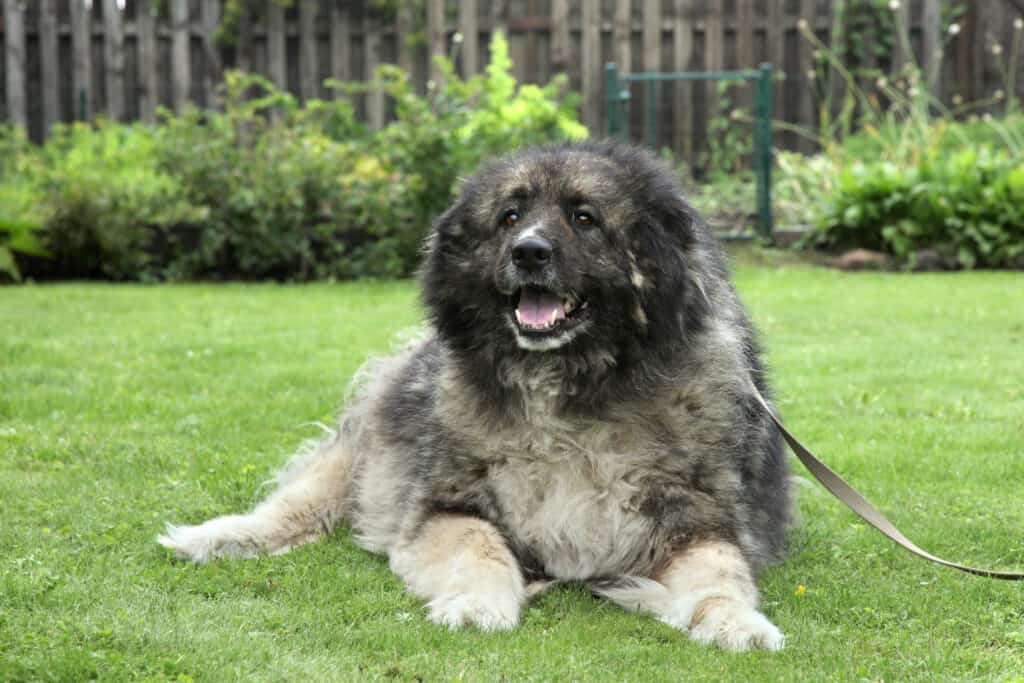
The Caucasian Mountain dog is quite large.
©Jagodka/Shutterstock.com
Fearless, serious, and self-willed, the Caucasian shepherd is an intense guard dog that takes its job very seriously. These dogs are nicknamed “wolf killers,” as they were used for centuries to protect property from trespassers and keep livestock safe from wolves and coyotes. While they are more independent, this breed can still be loving with its family. But they don’t do well with other dogs or young children. And they are not particularly fond of strangers either. Their extremely protective nature outweighs their need for play and socializing. And they can be difficult to train, as well.
10. Tibetan Mastiff
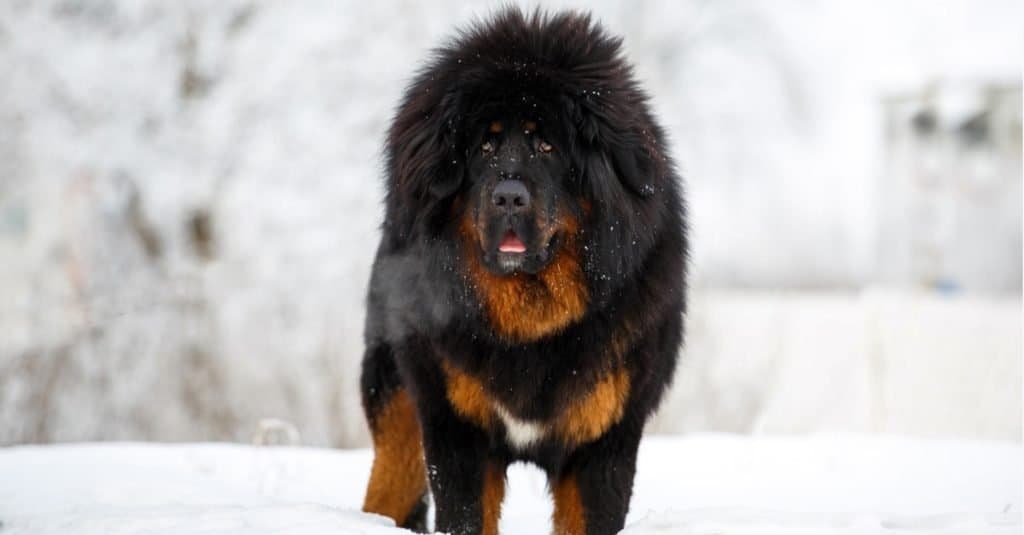
Despite the Tibetan Mastiff’s guarding instinct, they are very patient and devoted and love a good cuddle.
©Tatyana Kuznetsova/Shutterstock.com
The Tibetan mastiff is self-willed, intelligent, and vigilant. These dogs can be reserved and territorial and are natural guardians of their owners and property. While these qualities can be excellent for some, others, especially those with young children, may have difficulty with their personalities. They can be affectionate with their families, but they are not friendly with strangers and can be skeptical around other dogs. This breed must be socialized early if you plan on keeping it in a social and family environment.
11. Rottweiler
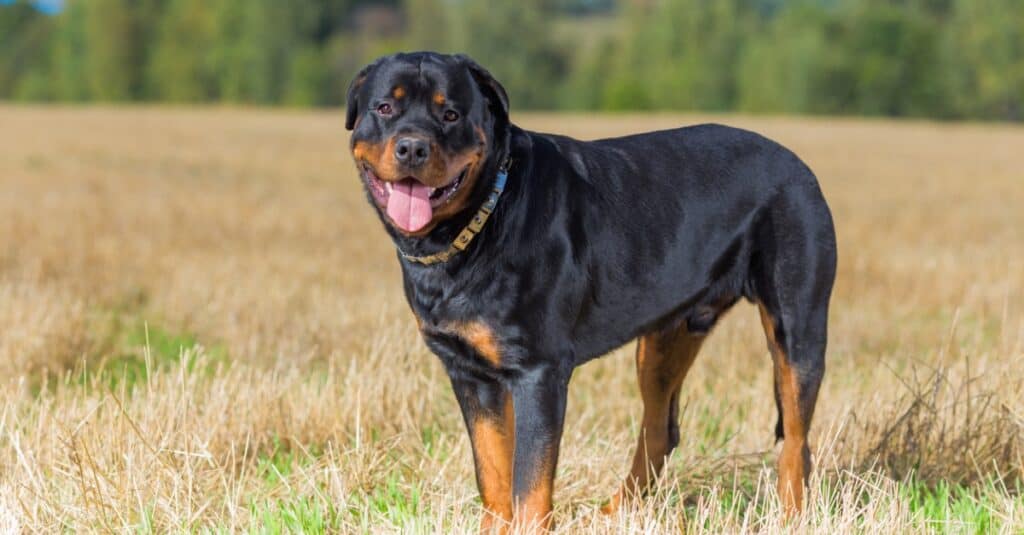
The
Rottweiler
was originally bred to herd livestock and pull carts.
©iStock.com/Ideas_Studio
Rotties are loving, loyal, and eager to please. While they can be courageous guard dogs, they have a silly and playful demeanor. And they absolutely adore their owners. But they don’t do well around other dogs and can be reserved around strangers. This breed requires early training and socialization to prevent aggressive behavior. But thankfully, they are adaptable pets and train very easily. Rottweilers also need lots of mental stimulation to keep them from becoming destructive. They can be fiercely protective of members of their family, including children. But they should still be monitored around young kids.
12. Basenji
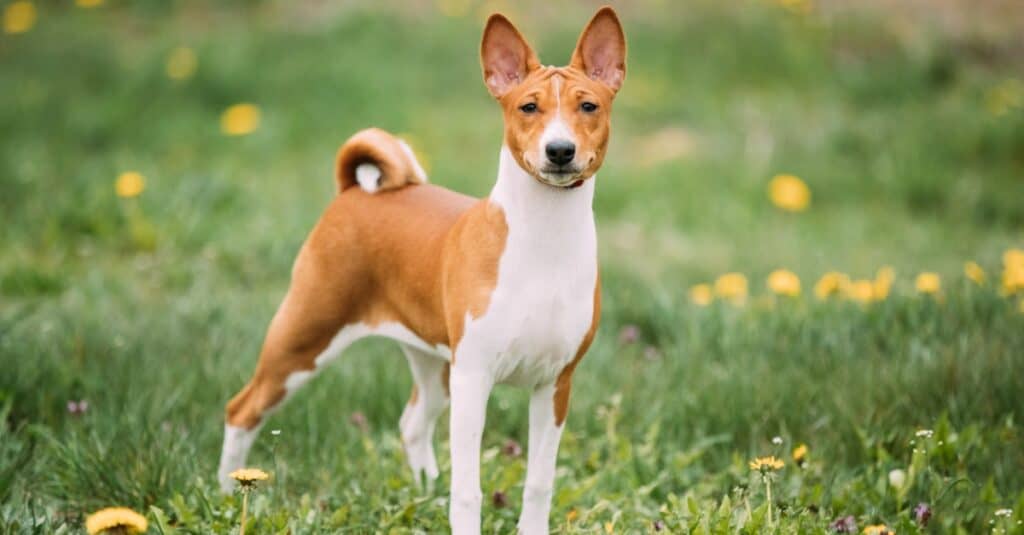
The Basenji is one of the most difficult dogs to train
©Grisha Bruev/Shutterstock.com
The Basenji is a truly unique dog from Africa. This breed is a cat-like canine and barkless. They are independent, reserved, and resourceful. This dog is excellent for households who don’t need an overly affectionate pet or vigilant guard dog. They do best in families with older children and fewer other pets. And they are reserved around strangers and not particularly playful. But they are very energetic and intelligent and need lots of exercise and mental stimulation.
13. Maltese

Maltese have a protective nature
©Tomsickova Tatyana/Shutterstock.com
While the Maltese are charming, fluffy, and lovey-dovey with their owners, they can be snappy with rough children and other dogs. And they have a protective nature, which makes them reserved and standoffish around strangers. They also aren’t big on lots of playtime, preferring to stay pretty and well-groomed inside. But they make excellent companion dogs for singles or couples.
Summary of 13 Worst Dog Breeds For Families
| Dog Breeds | Un-Family Behavior | |
|---|---|---|
| 1 | Chihuahua | Too tiny and fragile for roughhousing |
| 2 | Chow Chow | Not playful and doesn’t react well to other pets or small children |
| 3 | Akita | Do not get along with other pets or small children |
| 4 | Cane Corso | So large that they can injure children and pets |
| 5 | Pekingese | Fragile and tend to snap when frightened |
| 6 | Australian cattle dog | Tend to dominate children and are suspicious of strangers |
| 7 | Greyhound | Easily injured and difficult to train |
| 8 | Dalmatian | Too excitable around small children and should be supervised with other dogs |
| 9 | Caucasian shepherd | They don’t like to play and are difficult to train |
| 10 | Tibetan Mastiff | Not friendly with strangers or other dogs |
| 11 | Rottweiler | Should be supervised when around kids |
| 12 | Basenji | Do best in families with older kids, not playful |
| 13 | Maltese | Snappy with young children and other dogs |
Ready to discover the top 10 cutest dog breeds in the entire world?
How about the fastest dogs, the largest dogs and those that are -- quite frankly -- just the kindest dogs on the planet? Each day, AZ Animals sends out lists just like this to our thousands of email subscribers. And the best part? It's FREE. Join today by entering your email below.
Thank you for reading! Have some feedback for us? Contact the AZ Animals editorial team.

